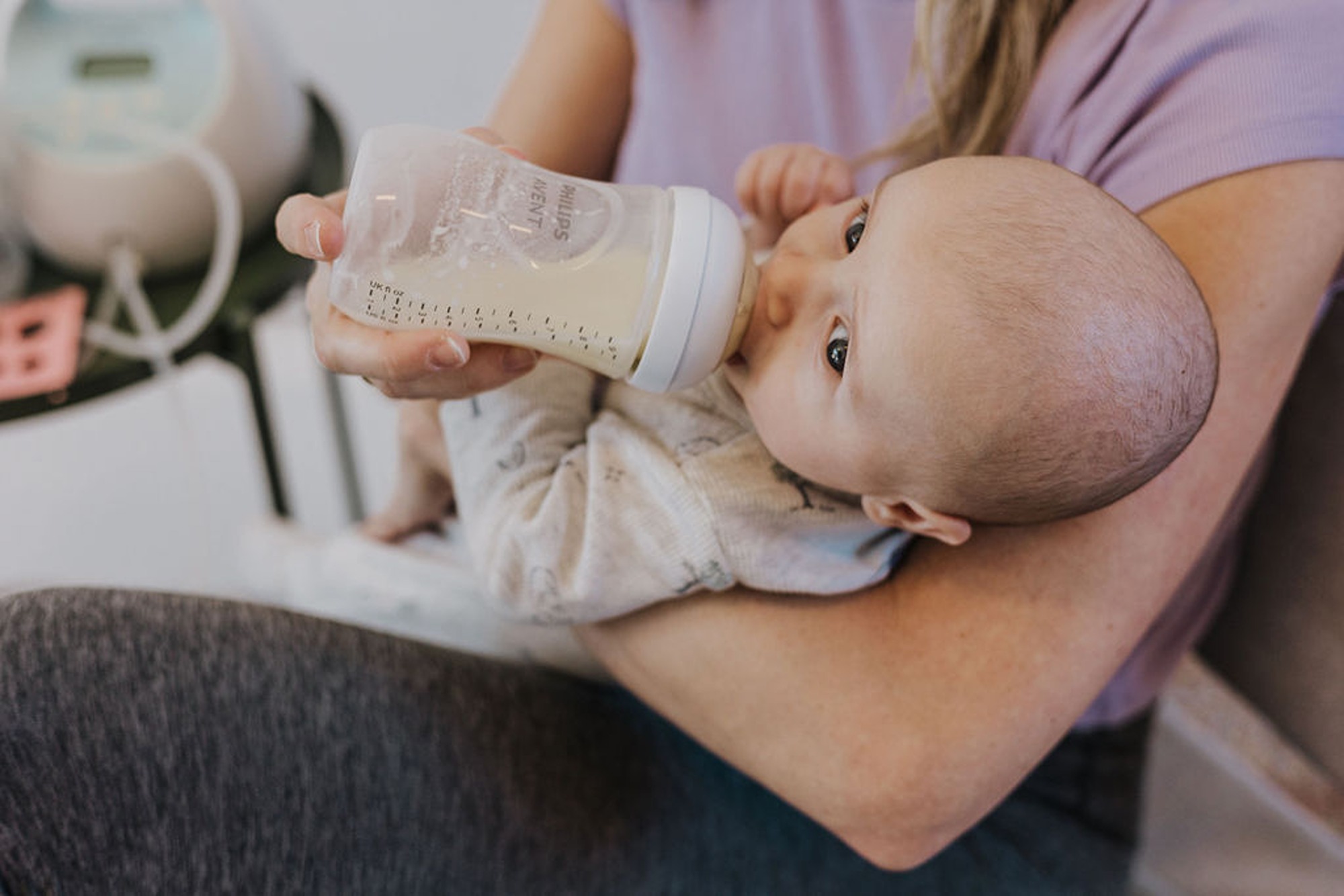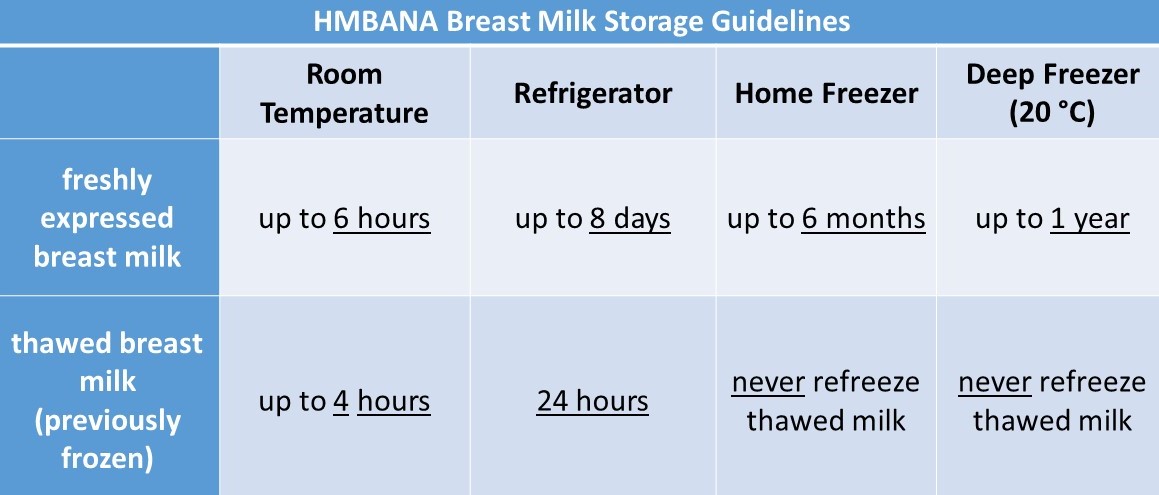Type a search + hit enter!

Last week I posted a step-by-step guide to returning to work successfully when you have been breastfeeding – naturally we must now talk about how to safely store the breast milk that you pump. Note: Always be sure to wash your hands prior to pumping or handling expressed breast milk. How long can you store […]
read more
latest post

read more
Last week I posted a step-by-step guide to returning to work successfully when you have been breastfeeding – naturally we must now talk about how to safely store the breast milk that you pump.
Note: Always be sure to wash your hands prior to pumping or handling expressed breast milk.
How long can you store milk?
The Human Milk Banking Association of North America (HMBANA) has published guidelines for breast milk storage based on current evidence for limiting bacterial growth and retaining nutritional content of the milk. Room temperature would be classified as 75.2 °F.
Store your milk in volumes that your baby consumes in one feeding. For example, if your baby consumes 3-4 ounces per feeding, you can store your milk with 4 ounces per container.
To do this: After you are done pumping, combine warm milk into one storage container. If the container is not full, you can place it into the fridge so you can add more milk prior to freezing.
When you pump again later, combine the freshly expressed milk, cool it in the fridge, and add it to the storage container after it has cooled. Then, you can move your storage container to the freezer.
Note: Do not combine warm milk with cooled milk!
What type of container should I store my milk in?
When storing your expressed breast milk, any clean and sanitized container with a securely fastening lid will do. If you are choosing a plastic container, you will want to make sure that it is BPA free.
Popular milk storage containers include:
-
Clear, plastic, zip-seal storage containers
-
Clear, glass jar with a screw-top lid (think mason jar)
When you are moving your milk into a standing fridge or freezer for storage, you will want to store as far back into the fridge/freezer as the milk will go. The temperatures in the rear of the space are more stable than the temperatures near the doors. Additionally, less light reaches the milk in the rear of the space.
My dissertation research showed preliminary evidence that light exposure can impact the level of some vitamins in human milk – thus, you may want to consider a light-shielding container (Purity milk storage bags, amber or opaque glass containers, or clear containers wrapped in aluminum foil). You can also help protect your milk by pumping in low-light conditions when possible.
How often should I clean my pump parts?
The CDC has a nice infographic about breast pump maintenance that you can find here.
If you are using a single-user pump, you can store all of the pump parts that touch your skin or breast milk in the fridge and wash and sanitize those parts once per day.
Looking for an easy way to remember this information? Download my 2 page quick guide to hang on your fridge!
Get Your copy →
Cross the finish line with confidence.
Don't walk into your IBCLC exam nervous - with our comprehensive study guide in your back pocket, you'll be prepared for every scenario and question.

